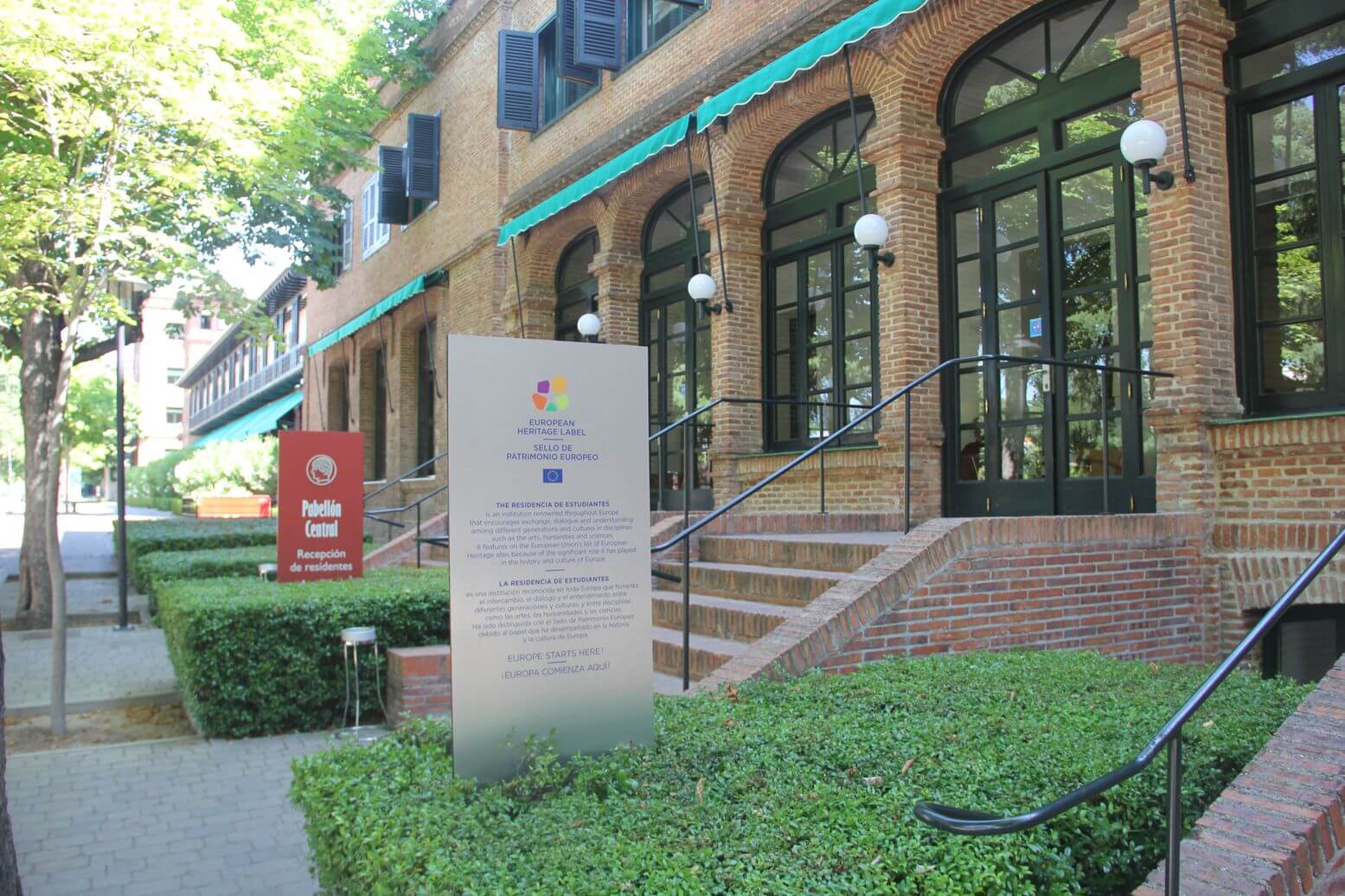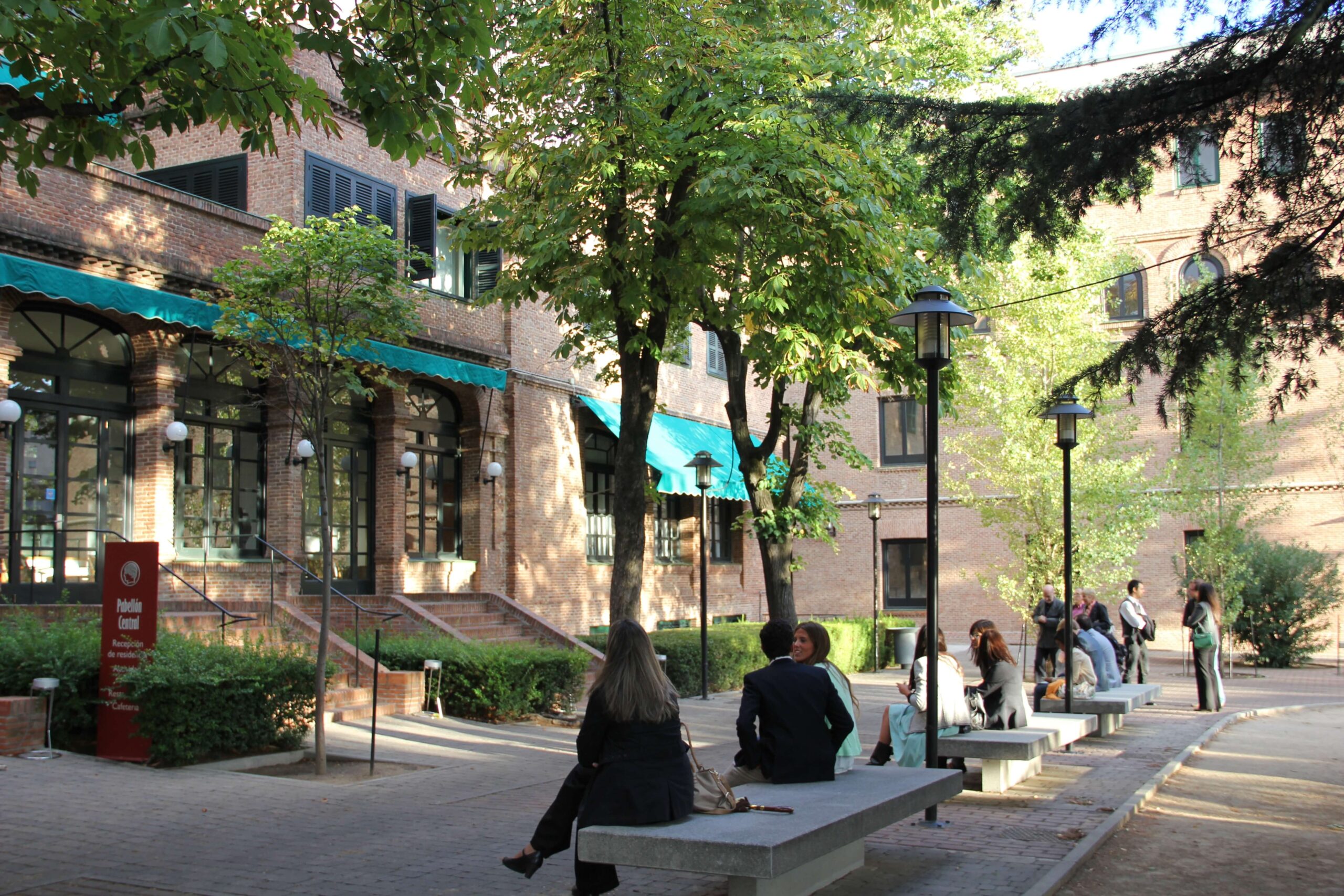This website uses cookies so that we can provide you with the best user experience possible. Cookie information is stored in your browser and performs functions such as recognising you when you return to our website and helping our team to understand which sections of the website you find most interesting and useful.
Residencia de Estudiantes


The EHL Site
From its foundation in 1910, the Residencia de Estudiantes has been a place of encounter and a centre of creation and dialogue between sciences and arts for a whole generation of Spanish writers and scientists. Many of them took part in what is now known as The Silver Age of Spanish Culture, with Federico García Lorca, Salvador Dalí, and Luis Buñuel among its most famous long-term residents.
Until the outbreak of the Spanish Civil War in 1936, the Residencia de Estudiantes also brought together many of the most important scientists, artists and intellectuals of the first third of the European 20th century: Albert Einstein, Paul Valéry, Marie Curie, Igor Stravinsky, John M. Keynes, Alexander Calder, Walter Gropius, Henri Bergson, or Le Corbusier, gave talks and conferences in its assembly hall. The Residencia also housed several laboratories that played host to some of the most influential Spanish scientists, such as the 1959 Nobel Prize winner in Physiology or Medicine Severo Ochoa.
The Residencia resumed its activities in 1986, returning to its original purpose and regaining its iconic title. Since then, it has served as a place of exploration and discussion between numerous disciplines, cultures, and continents. By working to bring together artists, intellectuals, and scientists from all over the world, the Residencia has been able to develop a number of diverse academic and investigative projects, achieving an eclectic catalogue of activities.
The Centre of Documentation – the Residencia’s in-house archive – plays custodian to valuable manuscripts related to Spain’s vibrant contemporary intellectual history. Amongst the various events and exhibitions thrown by the Residencia, there is a constant flow of conferences, lectures, poetry readings, and concerts. Nobel Prize winners in Literature such as Mario Vargas Llosa, and contemporary writers such as Blanca Varela and Gonzalo Rojas; philosophers; scientists; composers, among many others, have all participated, in one way or another, in activities hosted by the Residencia.
For the role it has played in the history and culture of Europe, the Residencia de Estudiantes was distinguished in 2015 with the European Heritage Label, awarded by the European Union.
European dimension
The Residencia de Estudiantes is a cosmopolitan institution, which is a symbol of the connection between Spain and Europe. The spirit of our site was, and still is, that of being a centre to welcome, further, and spread the innovative ideas that are born on our continent. In this sense, the Residencia de Estudiantes carries out activities with numerous foreign institutions, especially European ones, and it has actively participated since its creation in initiatives related to the feeling of belonging to a common European culture, which are intended to multiply the links between the Spanish cultural world and the European.
Obtaining the EHL in 2015 not only served to reinforce our European mission, but it is also helping us to broaden the scope of the initiatives with other institutions who have also collaborated in an important way to sculpt the history and culture of Europe. A good example is the network of European poetry houses “Kindred Spirits”, of which we are a member, that was presented to the European Creative Programme in 2015, and that has been carried out successfully between 2016 and 2020. The coordination, conversations and contacts that this initiative has given us has allowed us to plan various collaborations and artist exchange projects with other institutions, such as Münster and Osnabrück, Sites of the Peace of Westphalia.
To sum up, the greatest impact that we have obtained from the recognition of the European Heritage Label has been a greater visibility on both a national and international level, and the possibility to strengthen the links with our European counterparts, which is opening the door to great possibilities for cooperation.
The organization
Today, the Residencia de Estudiantes continues to be a prestigious international institution which promotes communication between different disciplines, and where artists and intellectuals from all over the world can stay. The various activities which it currently organises are orientated around two main aims: to regain, conserve and share the memory of the Spanish Silver Age (1868-1936); and to be a meeting place which looks to the future and pays special attention to innovations in all areas of modern-day culture. For these reasons, the Residencia de Estudiantes is a leading international centre for the research, study, and sharing of scientific and artistic life of contemporary Europe.
